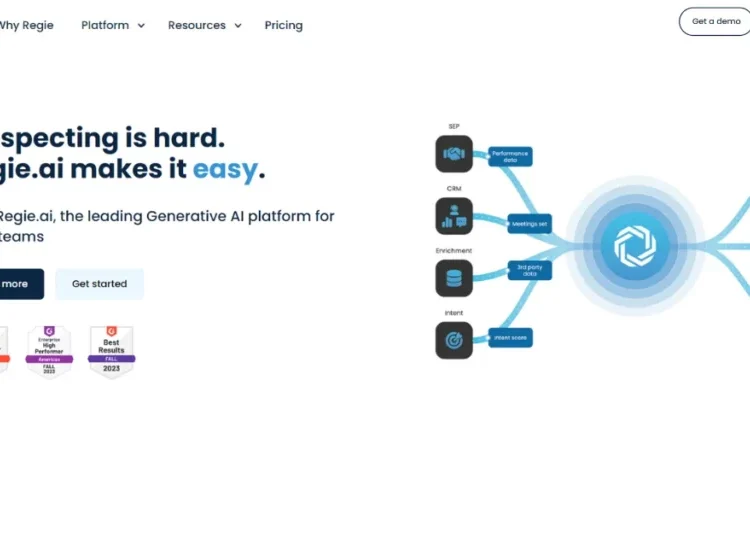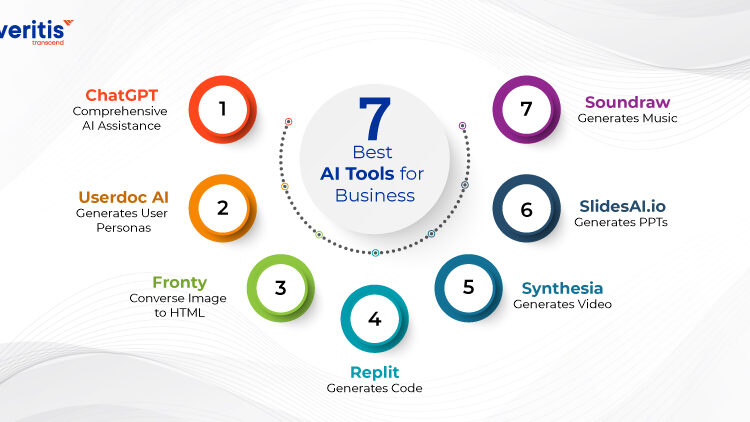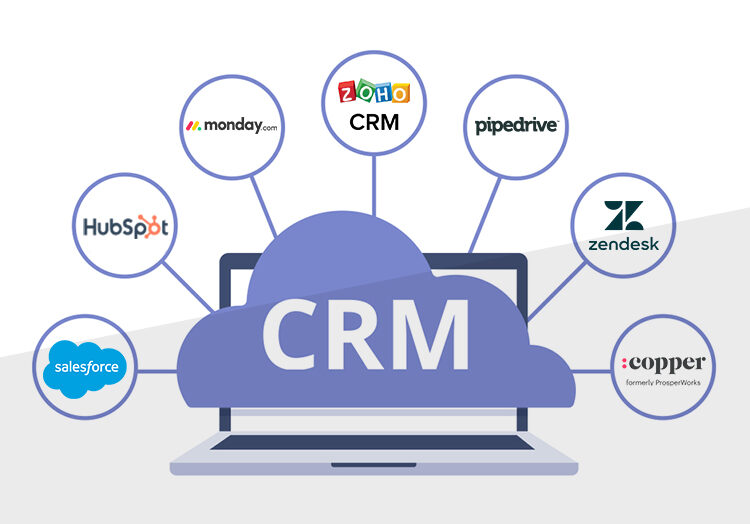Managing cloud infrastructure costs is a significant challenge for developers. A recent survey indicated that 40% of developers cite cost overruns as a major obstacle. Google Virtual Private Servers (VPS) offer a scalable solution, but understanding their pricing model is crucial to avoid unexpected expenses. This article examines the features and cost structure of Google VPS, providing developers with the knowledge to make informed decisions.
Toc
- 1. Understanding Google Cloud VPS: Key Features and Benefits for Developers
- 2. Benefits of Using Google Cloud VPS for Software Development
- 3. Setting Up a Development Environment on Google Cloud VPS
- 4. Related articles 01:
- 5. Google Virtual Private Server Cost: Optimizing Your Cloud Spending
- 6. Google VPS and CI/CD: Streamlining Your Development Workflow
- 7. The Rise of Serverless: A Complementary Approach
- 8. Related articles 02:
- 9. Integrating Google Cloud VPS with Other Services
- 10. Choosing the Right Google Virtual Private Server Instance
- 11. Conclusion
Understanding Google Cloud VPS: Key Features and Benefits for Developers

Google Cloud VPS offers developers the power of a dedicated server within a virtualized environment that shares underlying hardware, striking a balance between performance and cost-effectiveness. This setup provides dedicated resources, enhancing performance and control compared to traditional shared hosting options.
Core Features of Google Compute Engine (GCE)
The Google Compute Engine is an essential part of Google Cloud VPS. It offers a variety of machine types tailored for different workloads, including standard, high-memory, and high-CPU instances. Choosing the right machine type is vital for optimizing performance and cost-efficiency.
Choosing the Right Machine Type
Selecting the appropriate machine type directly impacts both performance and cost. For example, a standard instance may suffice for smaller applications, while high-CPU instances are better suited for compute-intensive tasks. Understanding the nature of your application is crucial in making this decision.
Managing Instance Lifecycle
Another important aspect of Google VPS management is the lifecycle of instances. Developers should regularly monitor and manage their instances, ensuring they scale up or down based on current requirements.
Benefits of Using Google Cloud VPS for Software Development
Google VPS provides numerous advantages for developers, including:
- Scalability: Developers can easily scale their resources to accommodate varying workloads, making it suitable for small projects and large enterprise applications alike.
- Integration: Google Cloud VPS integrates seamlessly with other Google Cloud services such as Cloud Storage and Cloud SQL, enhancing overall functionality.
- Containerization Support: The platform supports modern container technologies like Docker and Kubernetes, which streamline deployment and management processes.
However, while scalability is a major advantage, managing scaling effectively requires expertise and can lead to unexpected costs if not planned properly. Furthermore, the reliance on a third-party provider introduces a degree of vendor lock-in and potential dependency on Google’s infrastructure.
Setting Up a Development Environment on Google Cloud VPS
Creating a development environment on Google Cloud VPS is a straightforward process. Developers can follow a high-level step-by-step guide to set up a new instance, install required software, and configure their environment.
1. https://2mart.vn/mmoga-a2-hosting-reviews-is-it-right-for-your-small-business/
2. https://2mart.vn/mmoga-the-ultimate-guide-to-ssd-virtual-private-servers-for-e-commerce/
3. https://2mart.vn/mmoga-the-best-virtual-private-server-uk-for-small-businesses/
4. https://2mart.vn/mmoga-virtual-private-server-trading-your-guide-to-enhanced-forex-performance/
5. https://2mart.vn/mmoga-find-the-best-black-desert-online-private-server-in-2024/
Best Practices for Security
Implementing security measures is essential when setting up a Google VPS environment. Developers should consider:
- Configuring firewalls to protect their instances.
- Utilizing SSH keys for secure access.
- Regularly updating software to mitigate vulnerabilities.
By adhering to these best practices, developers can ensure their environments remain secure while maximizing the benefits of Google Cloud VPS.
Google Virtual Private Server Cost: Optimizing Your Cloud Spending
Understanding Google Virtual Private Server cost is vital for effective budget management. Google Cloud operates on a pay-as-you-go pricing model, which means users pay only for the resources they consume. This model can lead to substantial savings when managed effectively.
Breaking Down Google VPS Pricing Components
Several key components influence Google VPS pricing:
- vCPU and RAM: The number of virtual CPUs and the amount of RAM allocated directly affect costs. For example, a standard instance with four vCPUs and 16 GB of RAM incurs higher charges than a smaller instance.
- Persistent Disk Storage: Storage costs vary based on the type used. Standard persistent disks typically cost around $0.04 per GB per month, while SSD storage is priced higher due to its enhanced performance.
- Network Egress: Data transfer costs can accumulate, particularly for applications with high outbound traffic. Understanding these charges is crucial for budget management.
- Operating System Licensing: Some operating systems, like Windows Server, incur additional licensing fees.
Cost Optimization Strategies for Google VPS
To manage and reduce Google VPS expenses, developers can employ various strategies:
- Sustained Use Discounts: Google Cloud offers automatic discounts for VMs used for a significant portion of the month, leading to reduced costs over time. For example, a virtual machine (VM) running continuously for 744 hours (31 days) receives a 30% discount, and this discount increases with longer usage.
- Committed Use Discounts: Users can receive larger discounts in exchange for long-term commitments to specific resources, with savings of up to 70% in exchange for a 1- or 3-year commitment.
- Right-Sizing Instances: Regularly reviewing resource allocation ensures instances are appropriately sized, preventing over-provisioning.
- Monitoring Resource Consumption: Tools like Google Cloud Monitoring help developers track usage and identify areas for cost reduction.
- Using Preemptible VMs: For non-critical tasks, preemptible VMs offer significant savings, as they are generally available at a lower cost than regular instances.
Exploring Google Cloud Free Tier and Free Trials
For developers interested in exploring Google VPS without incurring costs, the Google Cloud Free Tier is an excellent option. It provides limited usage of several services at no charge, allowing users to test features and functionality. Additionally, new customers receive $300 in free credits to use over 90 days, which can be advantageous for initial projects or evaluations.
Google VPS and CI/CD: Streamlining Your Development Workflow
Continuous Integration and Continuous Deployment (CI/CD) are essential practices in modern software development. Google VPS integrates seamlessly with various CI/CD tools, allowing developers to automate their build, test, and deployment processes efficiently.
Building a CI/CD Pipeline with Google Cloud Build
Setting up a CI/CD pipeline using Google Cloud Build enables developers to streamline their workflows. The process involves configuring triggers for automated builds, testing code changes, and deploying applications seamlessly. Adhering to best practices, such as maintaining a clean codebase and utilizing version control, enhances the effectiveness of CI/CD processes.
Deployment Strategies for Google Cloud VPS
Google VPS supports various deployment strategies, including blue/green deployments and canary deployments. These strategies help minimize downtime and reduce risks associated with new releases. Leveraging Google Cloud’s managed services, such as Cloud Run and Kubernetes Engine, can further simplify the deployment process and enhance application reliability.
The Rise of Serverless: A Complementary Approach
As cloud computing evolves, serverless architectures are gaining popularity. Services like Google Cloud Functions allow developers to execute code in response to events without managing servers. This approach is particularly beneficial for event-driven architectures and microservices, reducing operational overhead compared to managing VMs. By integrating serverless functions with Google VPS, developers can optimize resource usage and enhance the scalability of their applications.
1. https://2mart.vn/mmoga-the-ultimate-guide-to-ssd-virtual-private-servers-for-e-commerce/
2. https://2mart.vn/mmoga-the-best-virtual-private-server-uk-for-small-businesses/
3. https://2mart.vn/mmoga-find-the-best-black-desert-online-private-server-in-2024/
4. https://2mart.vn/mmoga-virtual-private-server-trading-your-guide-to-enhanced-forex-performance/
5. https://2mart.vn/mmoga-a2-hosting-reviews-is-it-right-for-your-small-business/
Integrating Google Cloud VPS with Other Services
Beyond Google VPS, the Google Cloud Platform offers a suite of services that can enhance development workflows. These services include Cloud Storage, Cloud SQL, and Cloud Functions, each providing unique functionalities that integrate seamlessly with VPS.
Cloud Storage and Database Management
Google Cloud Storage offers scalable and durable object storage, ideal for serving static website content or storing large datasets. Cloud SQL, a fully managed relational database service, supports various database engines, allowing developers to manage data effortlessly. The integration of these services with Google VPS ensures a cohesive development environment.
Cost Implications of Using Additional Services
While additional Google Cloud services provide valuable features, it is essential to consider their cost implications. Each service has its pricing structure, and combining them can lead to unexpected expenses. Developers should analyze their usage patterns and evaluate the overall cost of utilizing multiple services within the Google Cloud ecosystem.
Current Trends: Focus on AI and ML
Another trend gaining traction is the integration of AI and machine learning services within the Google Cloud ecosystem. With tools like Vertex AI, developers can leverage advanced capabilities for tasks such as model training and deployment, enhancing the functionality and intelligence of their applications. This integration not only improves application performance but also opens new avenues for innovation.
Choosing the Right Google Virtual Private Server Instance
Selecting the appropriate Google VPS instance is crucial for meeting project needs. Developers should consider factors like CPU, RAM, storage, and network requirements when making their choice.
Examples of Use Cases and Recommended Instance Types
For instance:
- Small Web Applications: A standard instance with 2 vCPUs and 8 GB of RAM may suffice.
- Medium to Large Applications: High-memory instances are recommended for applications requiring significant data processing.
- Development and Testing Environments: Preemptible VMs can be a cost-effective solution for non-critical tasks.
However, over-provisioning resources can lead to unnecessary expenses. A careful analysis of application requirements, including peak loads and anticipated growth, is crucial to avoid overspending. Tools like Google Cloud’s resource utilization metrics can assist in this assessment. Alternatively, consider using autoscaling features to dynamically adjust resources based on demand, reducing costs during periods of low activity.
Conclusion
This article provided a comprehensive guide for developers on utilizing Google Virtual Private Servers. We covered key features, cost optimization strategies, CI/CD integration, and the integration with other Google Cloud services. By understanding these aspects, developers can leverage the power and flexibility of Google Cloud VPS to build, deploy, and manage their applications efficiently and cost-effectively. Start your free trial today and experience the benefits of Google Cloud VPS firsthand!










